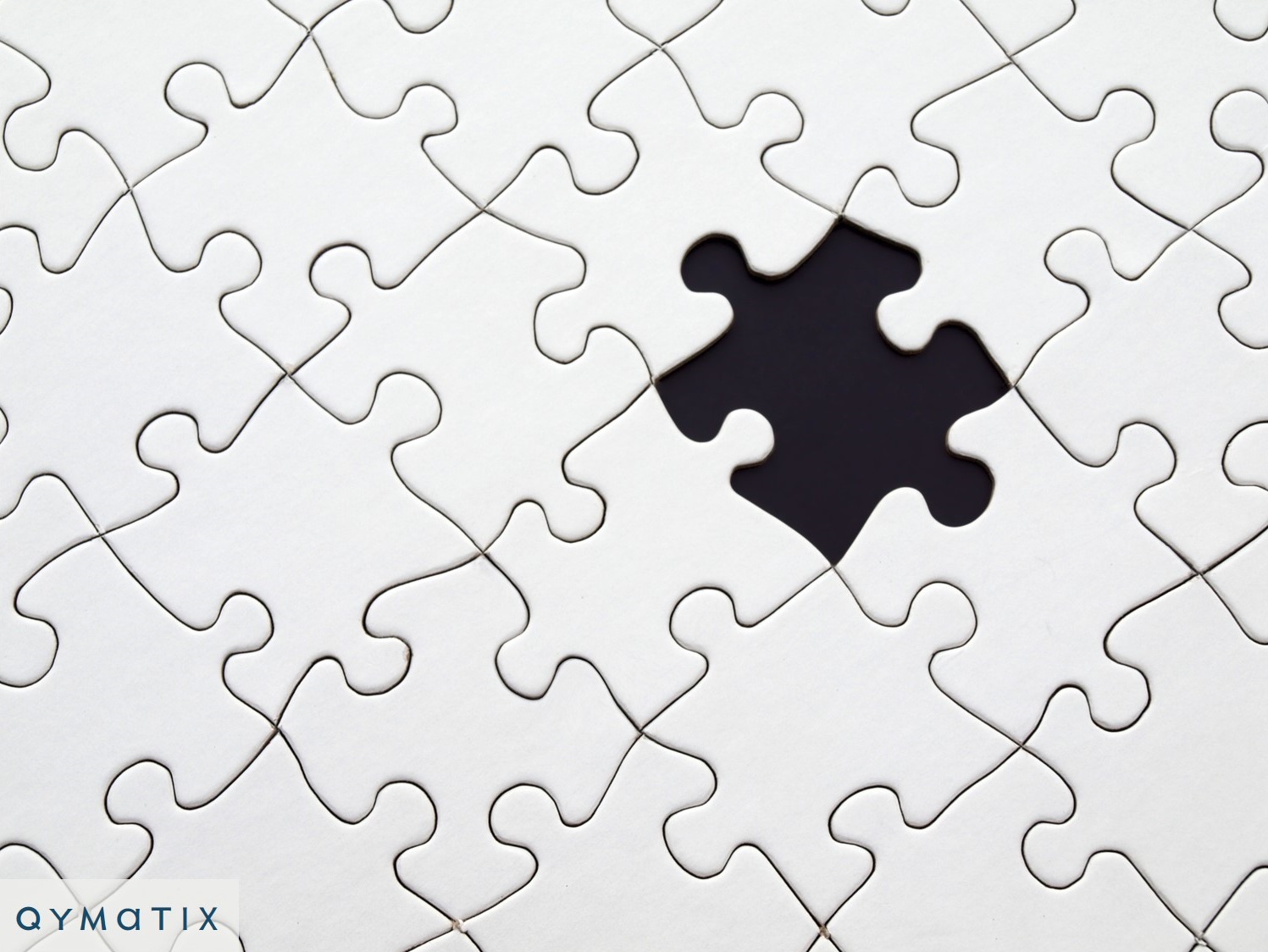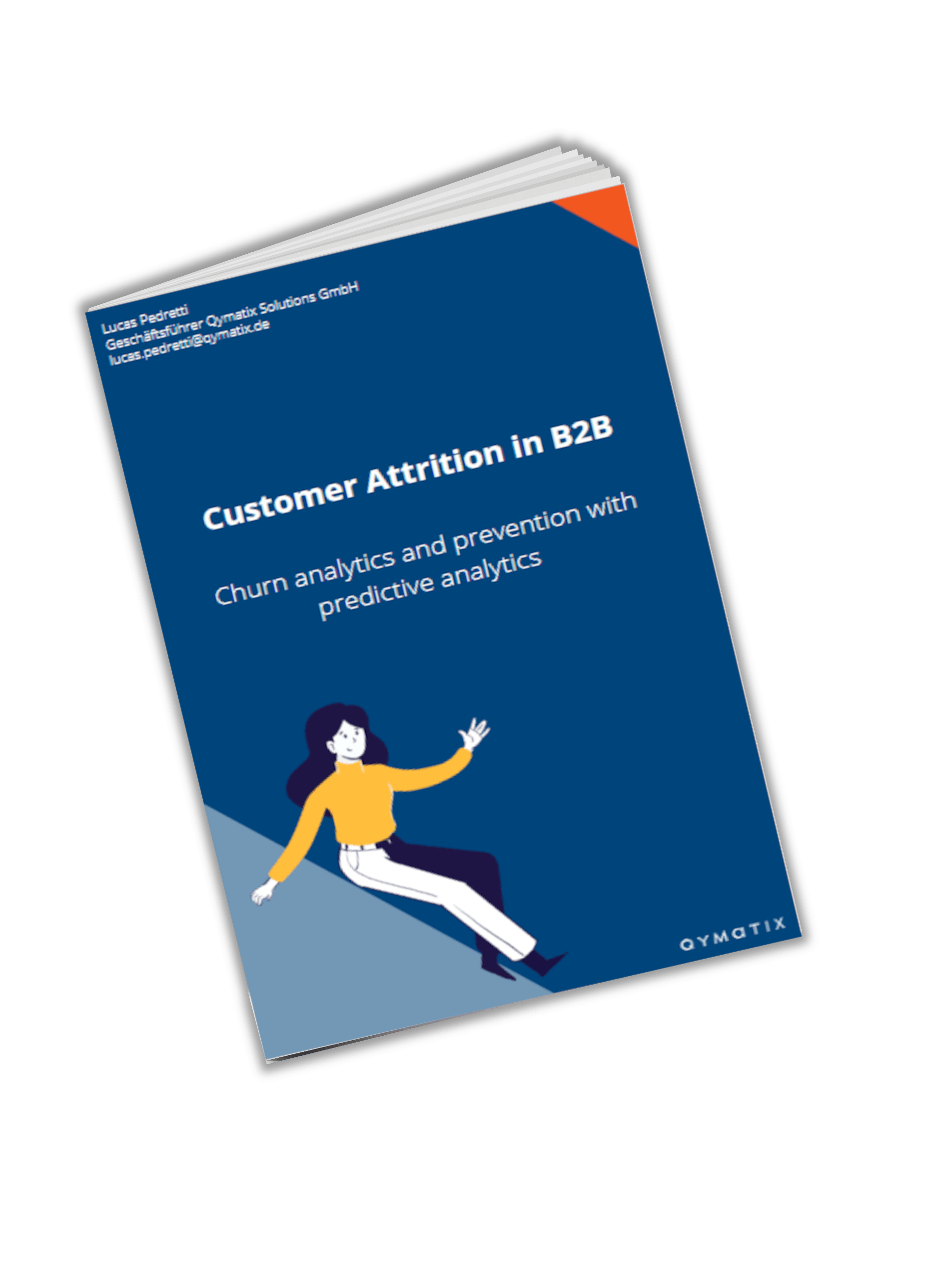Define and reduce customer attrition in the subscription industry

Please enter your Email address
What is customer attrition in the subscription industry?
What is an average churn rate? B2B companies can expect an average annual customer churn rate of around 11%, a recent study found.
This cancellation rate fluctuates between countries and industries. Customer attrition can represent a 24 % average in office supplies, 16 % in the insurance industry and 13 % in banking.
There are, however, industries where reducing attrition lays in the middle of their business models, for example, the – so-called – subscription industry.
Subscriptions rely on pre-sales, contractual procedures, where customers continuously order product or services from the vendor. Losing a customer is an expensive situation, yet avoidable to a certain extent.
Customer attrition is usually a consequence of customer dissatisfaction, better competitor offering, or more successful sales strategies.
There are different types of customer churn.
There are also different types of customer churn. Managers should first choose a definition that suits their business model best. After selecting a definition for customer churn, sales leaders should aim to reduce it and thus to increase customer retention.
What is the subscription industry?
The general public is, as consumers, familiar with business relying on subscriptions models, such as Netflix, Spotify, online news, and most SaaS (Software-as-a-Service).
These business models also occur commonly in B2B. Companies hiring a cloud service, renting construction machinery or closing a long-term maintenance contract are usually under subscription agreements.
The definition and measurement of a suitable customer churn rate is the first step in reducing it.
B2B practitioners associate the term “subscription industry” or “subscription-based businesses” to businesses offering subscriptions or based on repetitive consumption of product or services. Executives also broadly associate “subscription businesses” with revenues generated by contractual customers.
There are, of course, hybrid models. Some companies, for example, Amazon, offer subscriptions models for certain services tiers (Amazon Prime), while still charging for products.
Manufacturers can also offer hybrid models, where they sell some components or products in transactional models, yet they contractually lock customers with additional services.
Regardless of the particular definition of “subscription industry”, if your business model or part of it depends on customers repeatedly buying, you don’t want them to stop doing it. This concept is known as customer churn or customer attrition.
Types of churn and attrition
Customer churn in B2B refers to a proportion of subscribers or contractual customers who change a supplier during a given period. As written above, contractual customers or subscribers can have different interpretations, depending on the business model or industry. There is also no fixed interpretation of the “given period”, and it could be anything that suits a specific business model, from one month to one year.
Companies should discriminate between voluntary churn and involuntary churn. Voluntary churn applies to customers who have deliberately decided to switch to another supplier or service provider. On the other hand, involuntary customer attrition is the result of a force majeure. Leaving a vendor, in this case, is not a deliberate decision. Businesses can abandon providers involuntarily for different reasons, such as deserting a problematic market or discontinuing non-performing product lines.
Both voluntary and involuntary customer churn are equally bad. The latter requires a long-term strategic analysis of market developments; the former might be actionable and avoidable in the short-term.
Companies can also define soft and hard attrition. For example, if a company is a classic B2B distributor or components manufacturer, executives can determine hard attrition as a complete vendor switch. Correspondingly, managers can evaluate soft customer churn as a reduction in consumption. Reduction in consumption or use can be due to a second seller or customer dissatisfaction.
The definition and measurement of a suitable customer churn rate is the first step in reducing it.
I want to define and reduce my customer churn with predictive sales.
How to reduce customer attrition?
By defining and measuring customer churn, companies can adopt appropriate retention strategies. With a successful retention strategy, companies – both customer and provider – benefit from lower servicing costs and higher satisfaction.
In Business-to-Business, where sales cycles are long, and customer relationships spanned over the years, sales leaders should first define customer attrition in a way that reflects the nature of their business.
Some companies will classify a buyer is not renewing a given service or a recurrent customer inactive for longer than a quarter as churned (or lost) customers.
Regardless of the definition of attrition, sales should work to reduce it.
Regardless of the definition of customer attrition, sales leaders should work to reduce it. How to reduce customer churn?
Executives should first discover the causes of customer defection. Identifying the root causes of customer attrition is a process commonly supported by advanced sales analytics. Second, managers should develop and implement a retention strategy. For managers to timely avoid customer defection, they should provide their salesforces with predictive sales analytics.
Finally, they should measure its results, for B2B companies can make the difference between a positive financial year or a bad one by slightly reducing customer churn.
In short, once sales leaders have understood customer churn and have adopted a solid definition, they should timely attack the causes of churn in each customer-at-risk with appropriate measures.
CALCULATE NOW THE ROI OF QYMATIX PREDICTIVE SALES SOFTWARE
Define and reduce customer attrition in the subscription industry – Summary.
Customers will, from time to time, change vendors – this is a fact for sales executives. In simple words, in the B2B subscription industry, customer attrition is rarely zero. Studies talk of a 5 to 15% annual churn rate as a standard rule.
Independent of how high customer attrition can be, companies should aim to define it and reduce it. It could be a voluntary change of supplier or an involuntary contractual end. It could be “soft” attrition (and slow but material reduce on consumption) or “hard” attrition (the complete termination of a subscription).
Companies can double their CLTV by reducing customer churn. A 5% increase in customer retention increases profits by up to 95%.
There are different strategies sales leaders can implement to reduce customer attrition in the subscription industry. The definition of a retention strategy will depend on a root cause analysis of customer defections. It will involve descriptive, prescriptive and predictive analytics.
Does your company depend on customer subscriptions and you want to predict and reduce customer churn? Contact us today to discuss how Qymatix Predictive Sales can assist you.
Free eBook for download: Churn analytics and prevention with predictive analytics
Managing and reducing customer attrition is an essential task of a sales manager. Sadly, sales executives often overlook customer churn in practice.
Download the free eBook now.
- We will use this data only to contact you for discussing predictive sales KPIs. You can read here our declaration on data protection.

More on churn risk and customer attrition:
https://qymatix.de/en/example-predictive-analytics-customer-churn/
How to use Big Data to stop customer churn in B2B | Predicting Customer Churn
Further Read:
Thinking inside the subscription box: New research on e-commerce consumers

